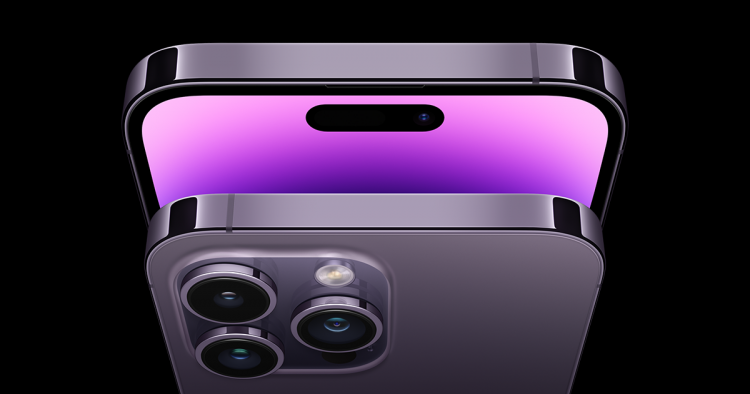Apple has officially ceased sales of its iPhone 14, iPhone 14 Plus, and third-generation iPhone SE in multiple European Union countries, complying with an EU directive mandating USB-C charging ports on all consumer electronics. The legislation, aimed at reducing electronic waste and promoting universal compatibility, took effect on December 28, marking the end of an era for Apple's proprietary Lightning connector in Europe.
The change impacts 29 countries, including EU member states and other regions aligning with EU standards, such as Switzerland and Northern Ireland. On Friday, December 27, visitors to Apple's online stores in countries like France, Germany, and Spain found that only iPhone models with USB-C ports-such as the iPhone 15 series and the newly launched iPhone 16 lineup-remained available.
The legislation, first proposed years ago, requires all smartphones, tablets, and other portable devices sold within the EU to feature USB-C charging ports, a standard already widely adopted across the tech industry. While Apple initially resisted the move, arguing it could stifle innovation, the company began transitioning its products to USB-C starting with the iPhone 15, which launched earlier this year.
Apple's decision to comply with the directive has brought significant changes to its product lineup in Europe. The withdrawal of the iPhone 14 and iPhone SE models removes some of the most affordable options for consumers, leaving entry-level buyers with fewer choices. However, third-party resellers can continue selling remaining inventory of these devices, providing a temporary reprieve for those still seeking models with the Lightning connector.
The ban also extends to Northern Ireland due to its unique trading rules under the post-Brexit agreement. Despite being part of the United Kingdom, which is no longer an EU member, Northern Ireland follows EU regulatory standards to avoid a hard border with the Republic of Ireland. As a result, Apple's iPhone models with Lightning ports are no longer available in Belfast.






